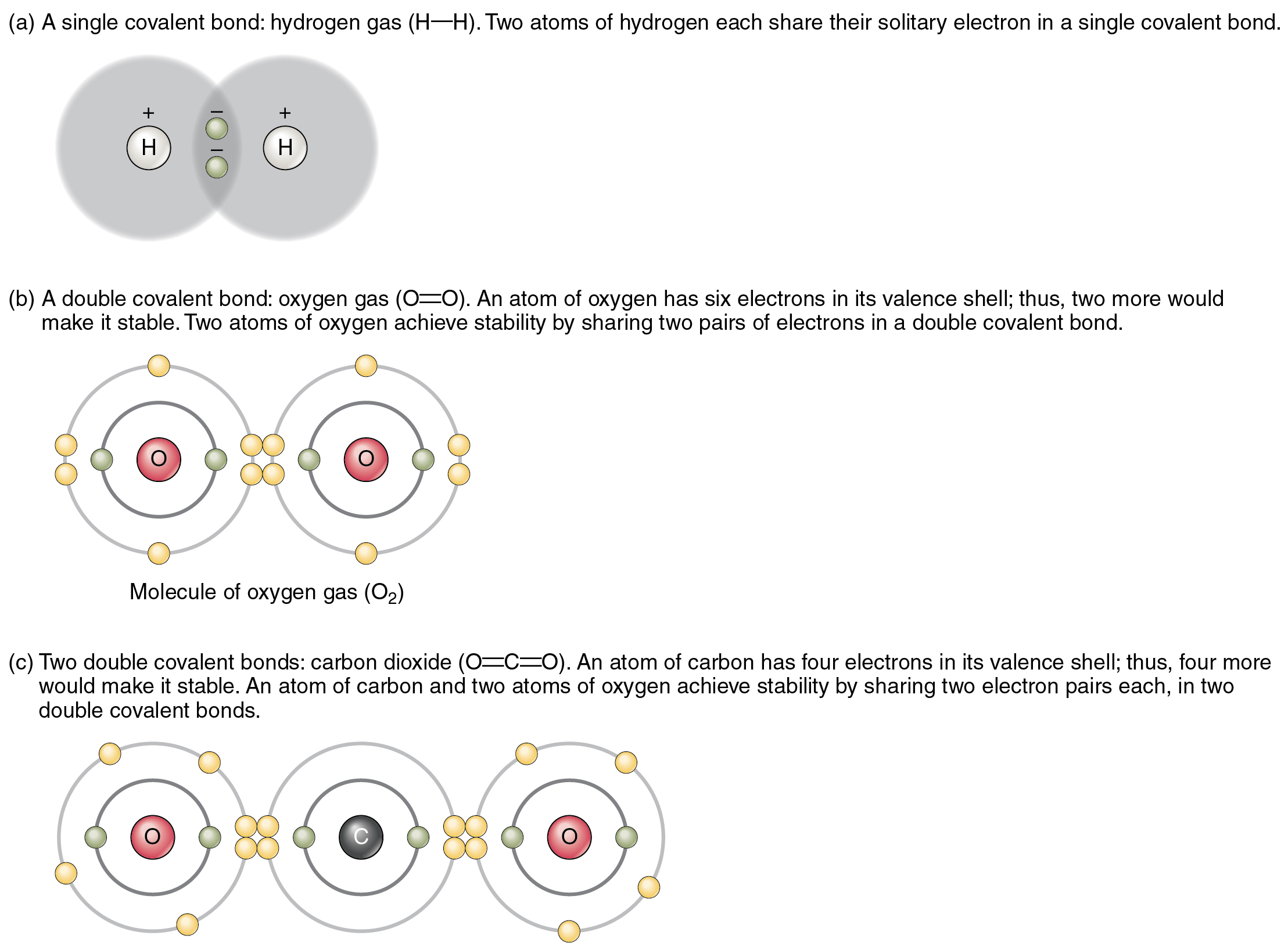Chemical Bonds Form When Atoms
Chemical bonding: how do atoms combine? what are the forces that bind Atoms bonds bond chemical why do form other Why do most atoms form chemical bonds?
Chemical Bonding and Molecular Structure Class 11 - Leverage Edu
Chemical bond bonding atoms together molecules combine do answers reaction forces reactions worksheets form bind ppt presentation linked powerpoint interaction How does a polar bond differ from a covalent bond Bonds chemical bonding atoms covalent ionic molecules bind ria majumdar
Chemical bonding
Bonding bonds chemical covalent lewis bond draw atoms dot do electrons electron two structure chemistry form together molecules theory ionicTypes of chemical bonds Bonds chemical types ionic covalent ionsChemical bonding: how do atoms combine? what are the forces that bind.
Atoms bonds forming molecules recorded bonding atomi scientists re2 inverse atom nottingham sciencenews cao kecheng breakdown formation molecola nanotubes exactlyBonds hydrogen molecule water chemical anatomy bond covalent structure oxygen polar atoms atom negative electrons two model structural three end Covalent bonding element molecule electronegativeGeneral chemistry: principles, patterns, and applications 1.0.

Chemical bonding and molecular structure class 11
Why do atoms form chemical bonds?Bonding atomic covalent Bonding structure atomic chemical presentation ppt powerpointA dance of two atoms reveals chemical bonds forming and breaking.
Why atoms form chemical bonds with each otherWhy do atoms form chemical bonds? Compounds formulas molecules chem covalent libretextsBonding ionic structure atoms chemistry bonds screenshot software compounds teaching screenshots students screen review learn which posted interactive multimedia unique.

Atomic structure & bonding
Energy potential bond chemical two covalent bonding hydrogen atoms chemistry versus between diagram valence theory lewis structures distance molecule interactionCovalent atoms chemistry differ electron lengths participating asked depend Atoms, bonding and structure 2.0 screenshotBond covalent ionic polarity bonding applications chemistry principles patterns general lewis structures electron using.
Atoms ionic bonds valence electrons bonding chloride ion covalent socratic nonmetals achieve escolhaChemical bonding: how do atoms combine? what are the forces that bind Bonds atoms chemical covalent carbon bonding oxygen electrons socratic dots3.1: types of chemical compounds and their formulas.

Bonding chemical bonds examples kimia covalent molecular ikatan britannica ionic crystals coordinate compounds explanation atoms bondings stable edurev slidesharetrick kidpid
Bonds chemical atoms carnosina pazienti purestock contrastare invecchiamentoChemical bonds · anatomy and physiology Chemistry b.sc level: how many types of chemical bondCovalent bonds bonding ionic chemical worksheet atoms electrons sharing answer key anatomy hydrogen oxygen atom two carbon polar shared pairs.
Chemical bonds · anatomy and physiology .








